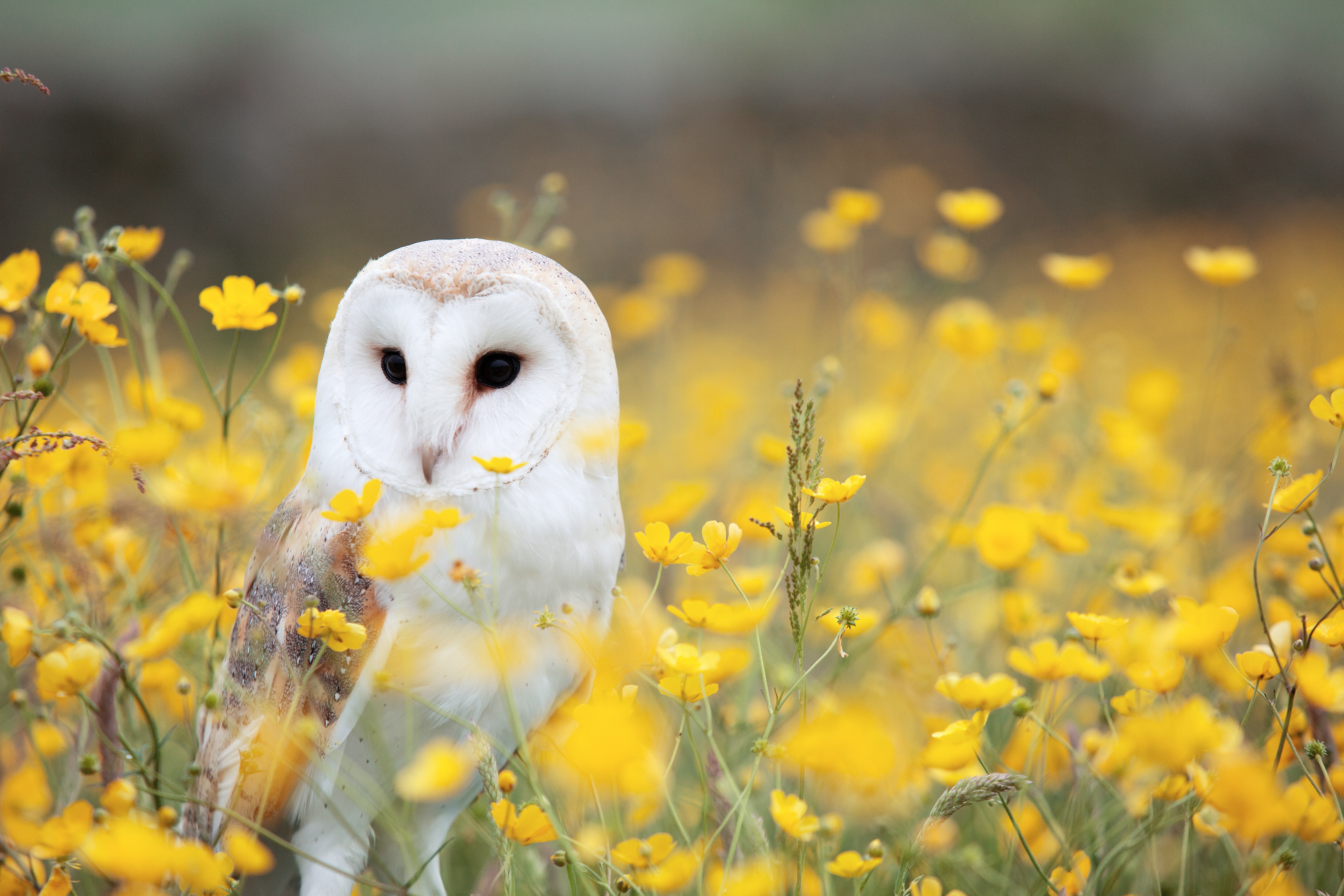Lucrezia de’ Medici d’Este, Duchess of Ferrara (14 February 1545 – 21 April 1561)
Portrait attributed to Bronzino or Allessandro Allori, c. 1560
***
“That’s my last Duchess painted on the wall,
Looking as if she were alive.”
So begins Robert Browning’s famous dramatic monologue, My Last Duchess (1842).
The poem is inspired by Lucrezia de Medici d’Este, (1545-1561) Duchess of Ferrara, whose short life is the subject of Maggie O’Farrell’s latest book The Marriage Portrait.
Lucrezia was the fifth child and third daughter of Cosimo de Medici, Duke of Florence. Raised in relative luxury and safety at the Palazzo Vecchio in Florence, Lucrezia was traded at the age of thirteen somewhat like a sack of potatoes and with as much concern for her future, in marriage to Alfonso, Duke of Ferrara. Her marriage took place in the stead of her elder sister Maria who had died. By the age of 16 Lucrezia too would be dead. The diagnosis at the time was ‘putrid fever’ (pulmonary tuberculosis) but there were those who suspected she was murdered by her husband.
Early on in the novel while Lucrezia is still a child we get a metaphorical glimpse of what her ‘future’ will be. The Duke of Florence takes his four young children to visit his menagerie housed somewhere in the bowels of the palace the latest addition to which is a beautiful tigress. The young Lucrezia bonds with the fierce animal who stops pacing up and down her cage on seeing the girl:
“…She had noticed her, she was there. With Lucrezia; there was much the two of them needed to say to each other. Lucrezia knew this, the tigress knew this…. Was there no hope? The tigress seemed to be asking her. Will I always remain here? Will I never return home?”
The tigress dies a few days later. A careless keeper leaves her door open and two lions tear her to bits.
So far so depressing. There is certainly a lot of tension in the story with Alfonso portrayed as controlling, narcissistic and downright murderous. The Browning poem is cleverly referenced when Alfonso, having claimed Lucrezia as his bride in an exhausting and tedious ceremony that goes on forever, refers to the portrait he has commissioned as ‘My first Duchess’ a slip he changes quickly to ‘My Beautiful Duchess’ but not quickly enough. Pleas for help Lurcezia sends home in the face of Alfonso’s increasingly frightening behaviour are met with reproving replies from her mother full of phrases like ’fanciful’ and ‘you must be careful not to let your imagination run away with you.’ She was never going to be believed.
***
O’Farrell’s writing is remarkable; she takes her ghostly characters from history – a history that barely acknowledged the lives of these youngsters even when they existed and spins them into flesh and blood – dares us to continue to disregard them. Think you know how it ends? Think again. But you’ll get no spoilers from me. You’ll have to read the book.
Lucrezia is a work of art – both literally and metaphorically. There is only one known painting of her painted by Bronzino in 1560 a year before her death.
One of the most touching things about the book is the evident compassion which the author has for the historical Lucrezia. Because of the pandemic, the author says she had to write this book backwards. In other words, write the story first and do the research later on when visiting opened up. On visiting the girl’s grave O’Farrell writes in the afterword:
“By the time I was finally able to move through the rooms of the palazzo where Lucrezia was born and spent her infancy, I’d been living alongside her for so long that she felt like a blood relative, like one of my own children. To map out the castello where she lived the final year of her life, to visit her tomb in the monastery in the south of Ferrara, to lay flowers on her grave, felt devastating. When the custodian of the monastery told me that in all the time he had worked there, not a single person had ever before asked to see the grave of Lucrezia de Medici d’Este, I’m not ashamed to say that I cried.”
Yes I know this is 16th century Italy we are dealing with. Change happens slowly doesn’t it? Or not at all. Two centuries earlier, Giovanni Boccaccio (1313-1375) attempted (he claimed) to plead the female cause in his much vaunted much painted and much imitated tales from The Decameron. These stories told by a group of young people fled to the higher, cleaner air of Fiesole from plague ravaged Florence influenced artists from Chaucer to Shakespeare, from Moliere to Keats who based his poem ‘Isabella or the Pot of Basil’ on one of the stories.
I think it is fair to say that Italy has not been in the advance guard of radical change when it comes to women’s rights. This quote is from 2022 booker longlisted author Selby Wynn Schwarz After Sappho (Galley Beggar Press):
“The rights we didn’t have in Italy were the same rights we hadn’t had for centuries, and thus not worth enumerating. But in 1877 a modification to the Pisanelli Code allowed women to act as witnesses. Suddenly, legally, we could sign our names to what we knew to be true. Our words, which had always before been seen as gauzy and frivolous, gained a new weight as they settled on the page.”
Women got the vote in Italy in 1945. It was 1970 before divorce was allowed. I read that there are currently three femicide (women killed by male partners) cases per week in Italy.
The UK is hardly better. Between 2009 and 2015, The Femicide Census found 598 women in England and Wales were killed by men who were their current or former partners—an average of 85 women per year.





Comments